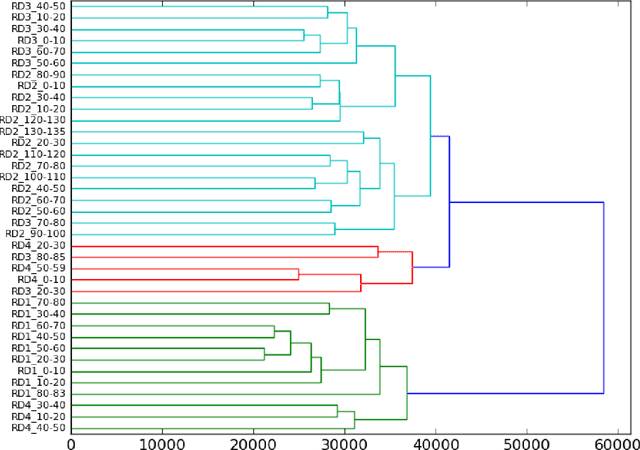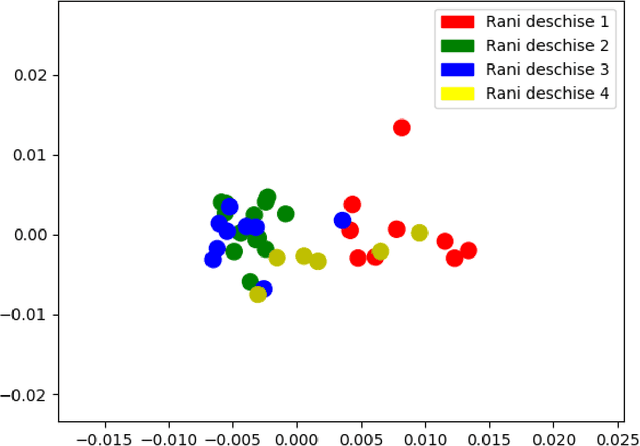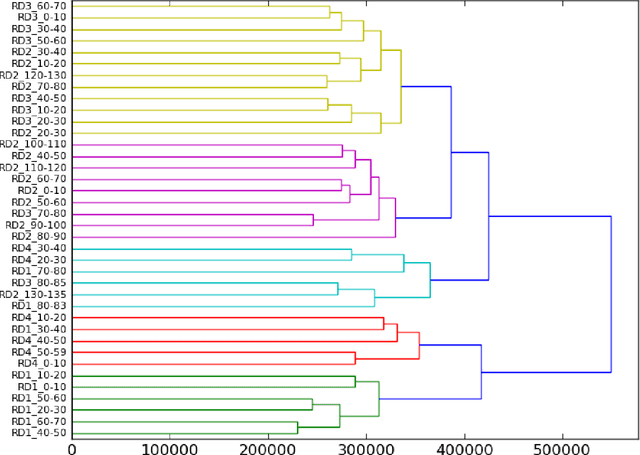Analyzing Stylistic Variation across Different Political Regimes
Paper and Code
Dec 02, 2020



In this article we propose a stylistic analysis of texts written across two different periods, which differ not only temporally, but politically and culturally: communism and democracy in Romania. We aim to analyze the stylistic variation between texts written during these two periods, and determine at what levels the variation is more apparent (if any): at the stylistic level, at the topic level etc. We take a look at the stylistic profile of these texts comparatively, by performing clustering and classification experiments on the texts, using traditional authorship attribution methods and features. To confirm the stylistic variation is indeed an effect of the change in political and cultural environment, and not merely reflective of a natural change in the author's style with time, we look at various stylistic metrics over time and show that the change in style between the two periods is statistically significant. We also perform an analysis of the variation in topic between the two epochs, to compare with the variation at the style level. These analyses show that texts from the two periods can indeed be distinguished, both from the point of view of style and from that of semantic content (topic).
 Add to Chrome
Add to Chrome Add to Firefox
Add to Firefox Add to Edge
Add to Edge